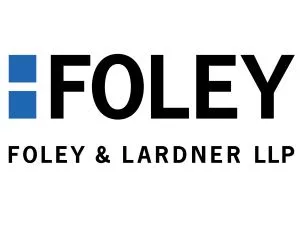- within Criminal Law, Government, Public Sector and Tax topic(s)
After years of declining membership and tepid contract results, American unions are gaining momentum. In November 2023, following a six-week strike, the UAW (under the leadership of its president, Shawn Fein) secured historic wage increases of over 25% and other benefits. Unions in other industries, including healthcare, entertainment, and transportation, have also successfully employed a more aggressive approach, as there were almost 400 strikes in 2023. The UAW has vowed to organize Tesla and foreign automakers in the south and is already talking about the pressure it expects to exert in the next contract negotiations.
Additionally, unions are gaining in popularity. A recent poll found that two-thirds of Americans support unions. Remarkably, 88% of those thirty and younger had a favorable view of unions. Public opinion was also on the side of the unions during the November strike — one poll indicated that all but 9% favored the UAW over the automakers.
What does this mean for employers? First, while union membership currently remains at only 10% of the national workforce, this combination of an aggressive approach, results, and popularity is likely to result in more organizing campaigns and a higher rate of success for unions. The Biden Administration NLRB has also changed the rules, making it easier to organize. If an employer has a facility in a union-dominated industry or geographic hotbed, the danger of an organizing campaign is especially real. However, traditionally "secure" areas are also vulnerable. In light of these trends, employers who wish to remain union-free need to have a favorable economic package (several non-union automotive companies have significantly raised wages) and a positive working environment. Employers also need to be very aware of possible organizing activities and put ample resources into communicating their position.
Second, if an employer is already organized, more aggressive bargaining demands should be expected. The expectations are high — 45% of GM UAW workers voted against the negotiated contract — and the marching orders from leadership are to ask for more. This creates enormous pressure on some industries, such as automotive suppliers, who have lower profit margins and much less ability to sustain a strike. Difficult decisions and consequences are forthcoming.
While it remains to be seen how much of this momentum will continue and the extent of the ramifications for companies, employers need to be aware of these developments as well as be prepared to adjust their approach accordingly.
The content of this article is intended to provide a general guide to the subject matter. Specialist advice should be sought about your specific circumstances.


